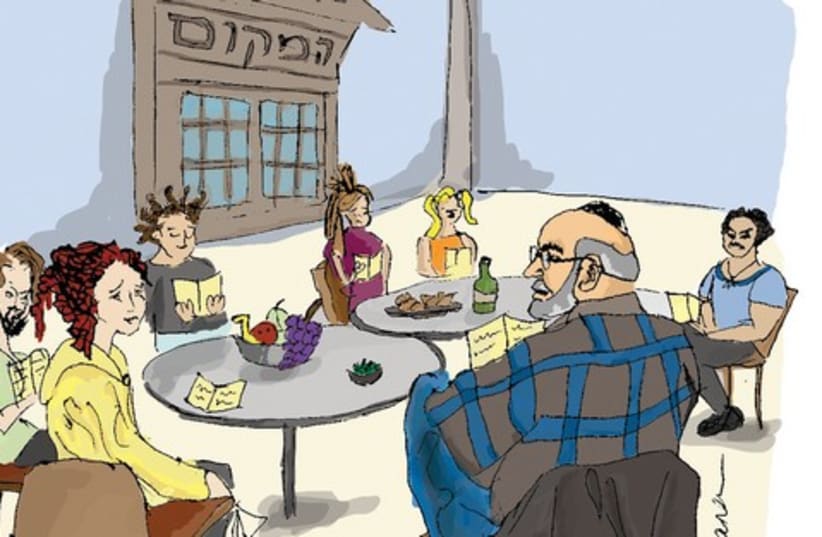Barakat was out of town, apparently for an extended period of time. He had not been present to help care for his mother, to sit shiva during the mourning period or to visit his sister and their brothers afterwards. He communicated solely by correspondence, hoping that his lengthy and detailed letters would provide the consolation that he could not deliver in person. This was unfortunate because one gets the impression Rayyisa was quite agitated and rather depressed, most likely in need of moral support that a letter might not be able to provide.Her brother, however, was a pragmatist, trying to offer her the best advice of which he was capable, displaying compassion while commiserating with her. He utilized erudite quotes throughout the letter (as was the norm) from Isaiah, Jeremiah and the Babylonian Talmud.His sister was an educated woman to whom he referred as “most noble, prudent and learned” (Goitein) or as “most noble, virtuous and understanding” (Kraemer); as will become clear, she was highly literate.Barakat referred to their mother as a pearl or a jewel, clearly a gem in their eyes. He acknowledged that their lives had become impoverished by this loss, but that this sorrow was natural for, as one grows older, losses of loved ones invariably transpire. He was well aware of the fact that his sibling was grieving continually; he was worried about her physical as well as mental health.Thus he told her (in Judeo-Arabic): “I entreat you, Rayyisa, fortify yourself as much as you can” (Goitein) or “And you, Rayyisa, be as patient as you can” (Kraemer). Barakat told her that even if she were to continue weeping for a millennium, it would be fruitless. She would only succeed in making herself deathly ill. He encouraged her to compose herself, to be forbearing and promised that the results would be far more beneficial.At this point, he made more concrete suggestions, that is, he suggested readings to strengthen and console her. He recommended reading the Book of Ecclesiastes, which was most likely in their library, and then promised to send her a book entitled Relief after Distress.The latter belonged to a genre of Arabic books containing popular stories describing how God can reverse one’s fate and strengthen one’s belief. It seems that she was able to read in Hebrew and Arabic, the latter most likely written in Hebrew letters (Judeo-Arabic).He later made an addition to her reading list: the Book of Proverbs.Barakat let his sister know that he was suffering as well, that he also had shed many tears since their mother died. He then encouraged her by explaining that their mother lived on through Rayyisa, her faithful daughter. After all, she died according to her wishes, in her daughter’s and other sons’ arms. The writer suspected that his sister was taking her mourning to an extreme, and again verbalized his fear that she might perish. Losing her as well would be far too much for him to bear. Thus he instructed her to read and study the recommended literature in order to strengthen her heart (and give her the inner strength to deal with what appears to have been a problematic only son).He concluded his letter with apologies for not being with her along with hopes that God would give her strength and protection as well as happiness and, ultimately, grant all these wishes.
The author is a professor of Jewish history at the Schechter Institute, the academic editor of Nashim and is currently a fellow in the School of Historical Studies at the Princeton Institute of Advanced Studies.
